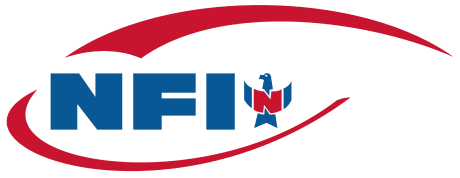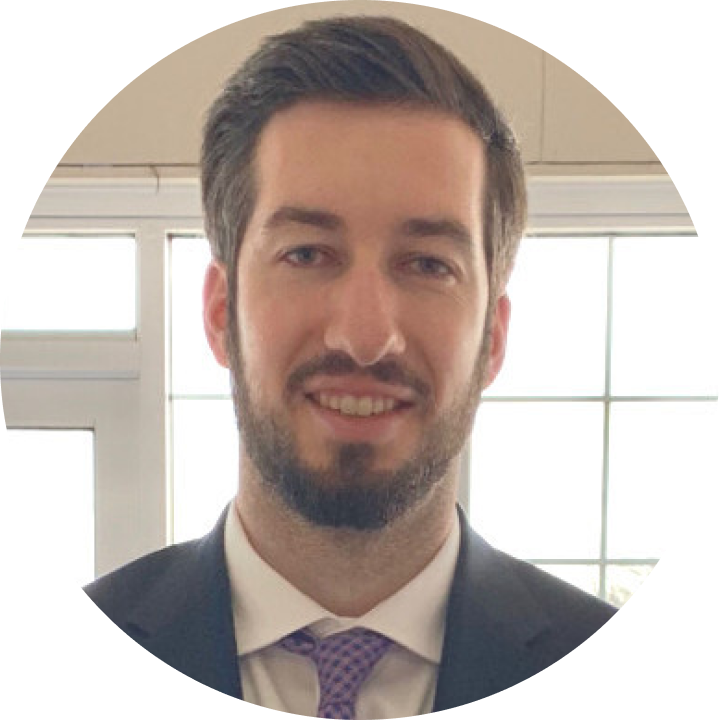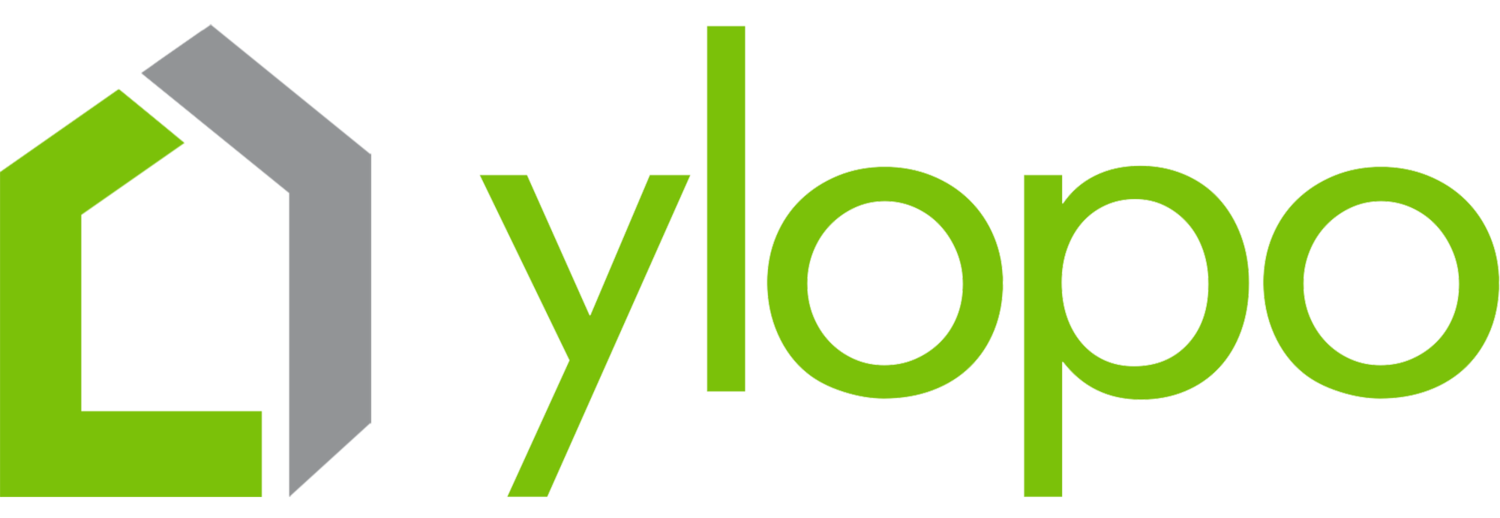
Revenue for Sales Leaders
See Every Call, Deal, and Decision in One Place.
With Revenue.io, Sales Leaders get a system built for their reality.
Revenue teams move beyond logging activity to executing AI-guided actions that increase ARR, improve NRR, and deliver forecast accuracy you can trust.
$300K
Increase in Rep Productivity*
120%
Quota Attainment
60%
Reduction in Rep Ramp Time
Why Sales Leaders Choose Revenue
You can't lead a predictable sales org when data lives in disconnected tools
Revenue.io delivers the visibility, consistency, and insights sales leaders need to run accurate forecasts, drive accountability, and scale top performance all within Salesforce.
Trusted By Leading Revenue Teams Worldwide
Real-Time Coaching Without More 1:1s
LIVE COACHING
Discover live coaching
Confident Forecasts Built on Real Rep Activity
SALES FORECASTING
Forecast more accurately
One Platform for Every Revenue Action
SALESFORCE-NATIVE
See the salesforce advantage
See a 2-minute Sales Leader Demo in Action
What sales leaders love about Revenue
 Sales Manager
Sales Manager

Kyle McRae
Sales Manager @ NFI
“Anyone that is in a leadership position that’s looking to improve their ability to coach and improve sales reps’ performance will find immense benefit from using RingDNA and Conversation AI.”
 Sales Leader
Sales Leader

Joseph Monahan
Sales Leader @ Ylopo
“Revenue.io has the rare combination of pleasing both end-users and managers alike. In short, Revenue.io provides a huge strategic advantage to my org.”
 Executive
Executive

Eric Hillyard
COO @ Jan Dils
“I love that all our data is in one place with Revenue.io. You don’t have to manage multiple logins or browser windows — it’s a true one-stop shop.”



Trusted by Leading Revenue Teams
Top-rated across all major platforms, Revenue.io delivers proven results for revenue organizations worldwide.
 ✓
✓ ✓
✓ ✓
✓ ✓
✓ ✓
✓ ✓
✓Enterprise-Grade Security & Compliance
Industry-leading compliance and safeguards. Keep your data protected and your team compliant with HIPAA, TCPA, GDPR, CCPA, CPRA, and SOC 2.